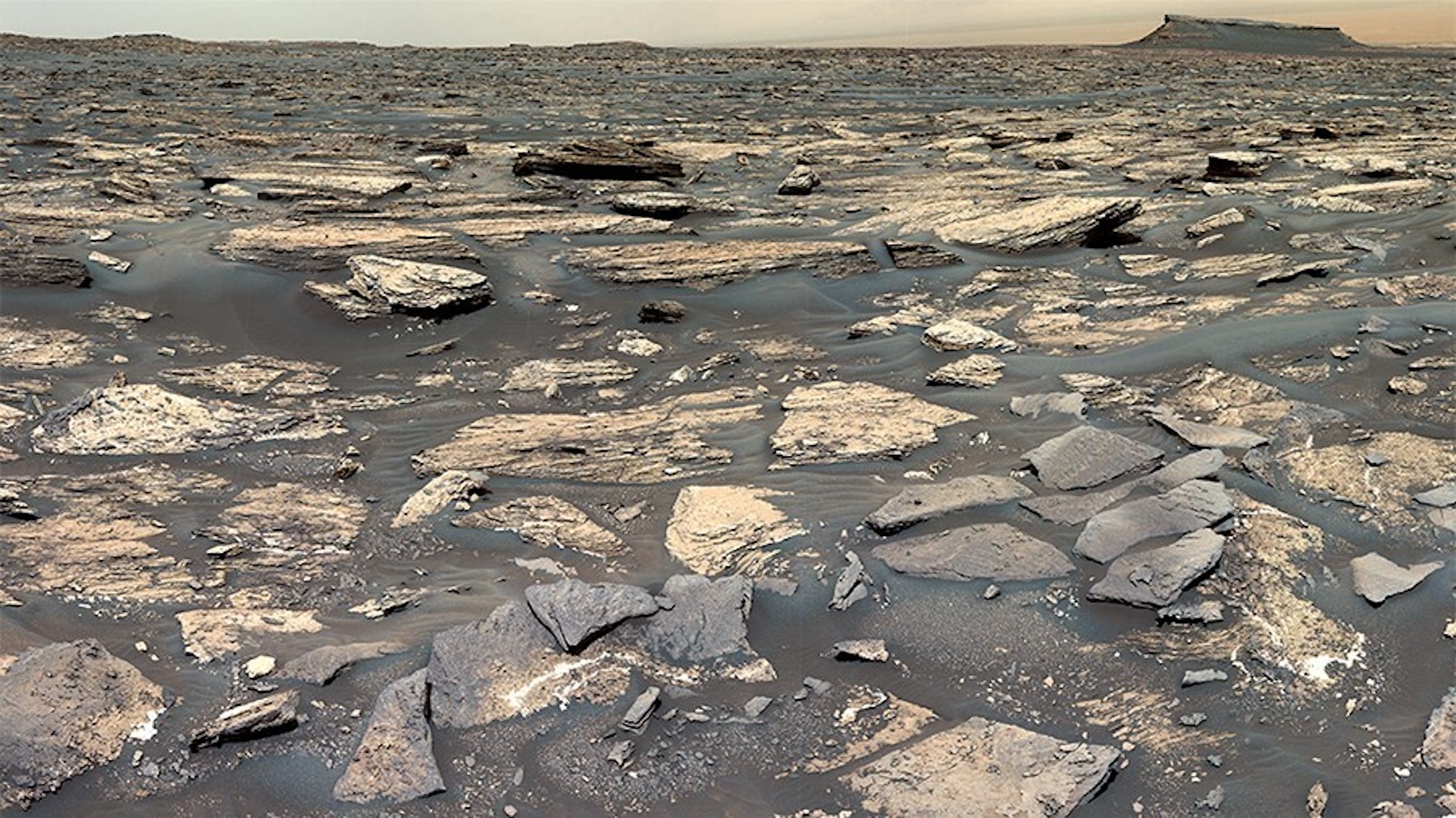Diversity, Vol. 16, Pages 258: Too Warm and Too Dry—Decline and Threat of the Subarctic-Subalpine Liverwort Hygrobiella laxifolia in a Low Mountain Range in Central Europe under the Conditions of Climate Change
Diversity doi: 10.3390/d16050258
Authors: Frank Müller Ivana Marková Christiane M. Ritz
Using the liverwort Hygrobiella laxiflora as an example, this study aims to investigate the impact of climate change on montane species and their ecosystems. The study area is the Elbe Sandstone Mountains in Germany and the Czech Republic, where Hygrobiella laxifolia has an isolated occurrence in deeply carved gorges characterized by a specific microclimate (cellar climate). The focus is on determining the rate at which populations are affected. After little change in the population over a long period, a sudden sharp decline has been observed in recent years. The decline correlates with the mass proliferation of the European spruce bark beetle (Ips typographus) observed since 2017, which has led to a strong thinning of the forests in the area. In many areas of occurrence, the forests now have a much sparser tree layer or none at all. Competition from other, more competitive species also plays an important role as a cause of decline, as these have spread more widely on the sites due to the now higher light levels. The severe bark beetle infestation and the large-scale forest fire of 2022 both represent events that led to the almost complete deforestation of large parts of the study area, which was previously unknown on this scale. Since both the bark beetle infestation and the forest fire are strongly intensified by climate change, we assume that climate change is the main reason for the decline of Hygrobiella laxifolia in the area. The populations of Hygrobiella laxifolia of the Elbe Sandstone Mountains show some morphological peculiarities. As two new species have recently been described within Hygrobiella, we have integrated a sample from the area into a molecular phylogeny of Hygrobiella based on the plastid sequences of trnL-trnF intergenic spacer and matK to clarify the relationships. The sample from Elbe Sandstone Mountains fits well into the clade of Hygrobiella laxifolia.

 1 week ago
14
1 week ago
14


